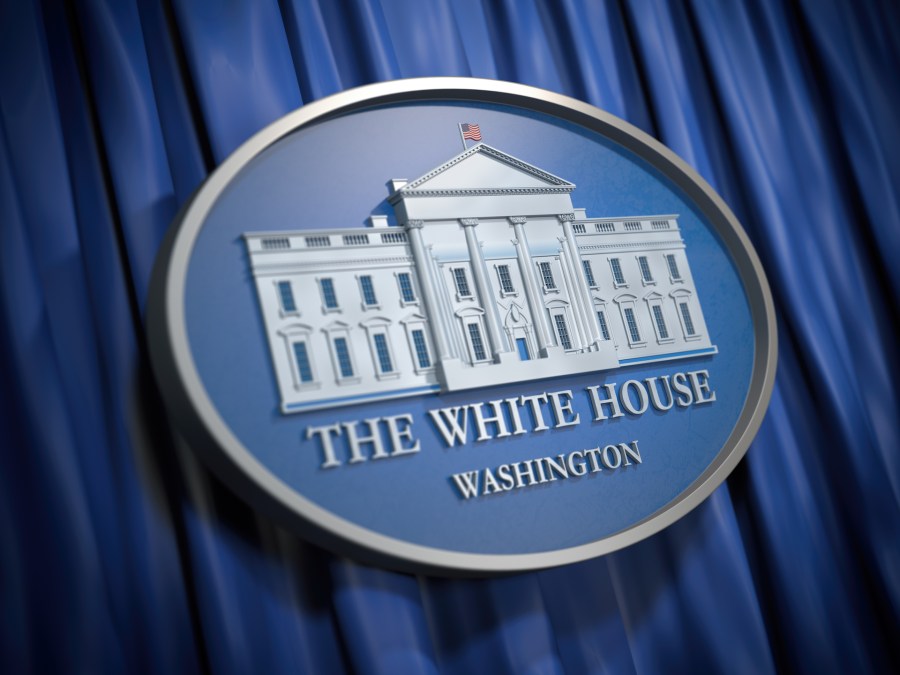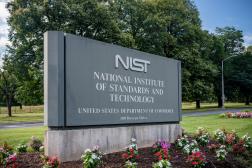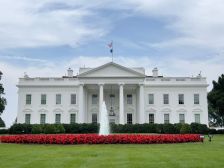White House proposes binding AI regulatory principles for agencies

The White House proposed the first binding set of principles Tuesday for regulatory consistency among agencies trying to govern the development of artificial intelligence in the private sector.
Senior administration officials detailed the new principles Monday to reporters ahead of their release. They explained that their hope is to set a consistent global standard for how AI is developed that every country in the world can adopt.
“I think what we’re trying to do is establish a consistency across all of our federal agencies, who seem to be more and more often coming across situations where they’re dealing with AI-powered technologies,” an administration official said on a press call. “For example, we’re the first administration in history to have an AI-powered medical diagnostic approved by the [Food and Drug Administration] and a very novel and unique approach to that process in order to get that device out the door and in the hands of Americans.”
Section 6 of the February 2019 executive order on maintaining U.S. leadership in AI called for creating regulatory principles that ensure public engagement, limit agency overreach and promote trustworthy technology.
All agency AI regulations will need approval from the White House Office of Information and Regulatory Affairs once the principles are finalized.
Some states and localities have banned AI-enabled tech, and the Office of Management and Budget hopes to avoid that kind of “overregulation” with its 10 principles, according to administration officials.
“When states or localities make decisions like banning facial recognition across the board, you end up in tricky situations where civil servants may be breaking the law when they try and unlock their government-issued phone,” an administration official said. “So we want to avoid situations where we’re outright banning new technologies and rather creating a robust regulatory framework which allows for these technologies to thrive in our country.”
There are 10 principles in total:
Public trust in AI – Agencies should use regulatory and nonregulatory means to promote industry’s development of reliable tech.
Public participation – Agencies should allow for input at all stages of the AI rulemaking process, especially when the tech requires information from individuals.
Scientific integrity and information quality – Agencies should allow technical evidence to inform AI policy decisions.
Risk assessment and management – Agencies should use a risk-based approach to determine when AI’s harm and costs are unacceptable.
Benefits and costs – Agencies should consider regulation’s distributional effects on AI.
Flexibility – Agencies should pursue performance-based regulations that can adapt to rapid changes in AI tech.
Fairness and nondiscrimination – Agencies should consider whether AI applications’ outcomes and decisions will increase or reduce unlawful discrimination.
Disclosure and transparency – Agencies should decide when to acknowledge that AI is in use to the public to increase its trust and confidence in the tech.
Safety and security – Agencies should implement controls ensuring the confidentiality, integrity and availability of information processed, stored and transmitted by AI systems.
Interagency coordination – Agencies should work with each other to share AI experiences and ensure consistent policy.
While OMB guidance doesn’t apply to independent agencies like the Federal Communications Commission, they traditionally follow such principles.
Federal agencies’ use of AI falls outside the purview of the memo, which is open for public comment for 60 days — after which a final version will be issued.
The White House identified AI as a research and development priority for the third consecutive year in fiscal 2021.
Aside from the new regulatory principles, the American AI Initiative launched by the 2019 executive order also includes non-regulatory approaches to promoting the tech like pilots and release of agency datasets, said Lynne Parker, U.S. deputy chief technology officer. Meanwhile, the National Institute of Standards and Technology continues to develop technical standards for AI performance.
“The Trump administration has made advancing artificial intelligence a top priority; we view U.S. leadership in AI as critical to the future of American prosperity and security,” said Michael Kratsios, U.S. CTO. “From our national strategy, the American AI Initiative, to historic AI research and development investments, this administration has taken significant action to maintain and strengthen the U.S. position of leadership.”






